

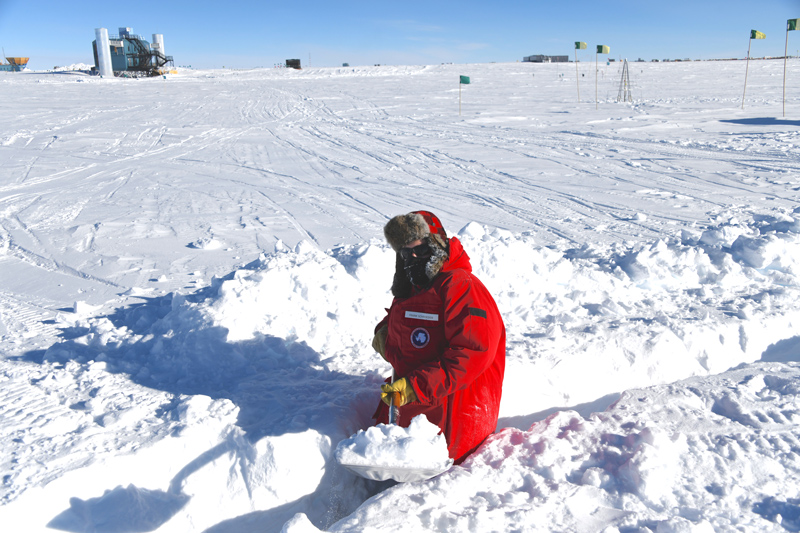
A smashing discovery
Photos courtesy of Frank Schroeder and the IceCube Collaboration March 10, 2021
IceCube detector helps prove 60-year-old theory
An electron antineutrino races to Earth from outer space at nearly the speed of light, carrying 6.3 petaelectronvolts (PeV) of energy. Deep in the ice sheet at the South Pole, this high-energy particle smashes into an electron and produces another particle, which quickly decays into a shower of secondary particles. The explosion of light from the collision does not go unnoticed. It is captured by a massive telescope buried in the Antarctic glacier, the IceCube Neutrino Observatory.
What IceCube saw on Dec. 8, 2016, was a Glashow resonance event, a phenomenon first predicted in 1960 by Nobel Laureate Sheldon Glashow, but that had not been previously observed. The finding, now presented by the international IceCube collaboration, which includes researchers from the University of Delaware, further confirms the accuracy of the Standard Model of particle physics, which describes the fundamental forces and building blocks of the universe. The result is published in the March 10 issue of Nature.
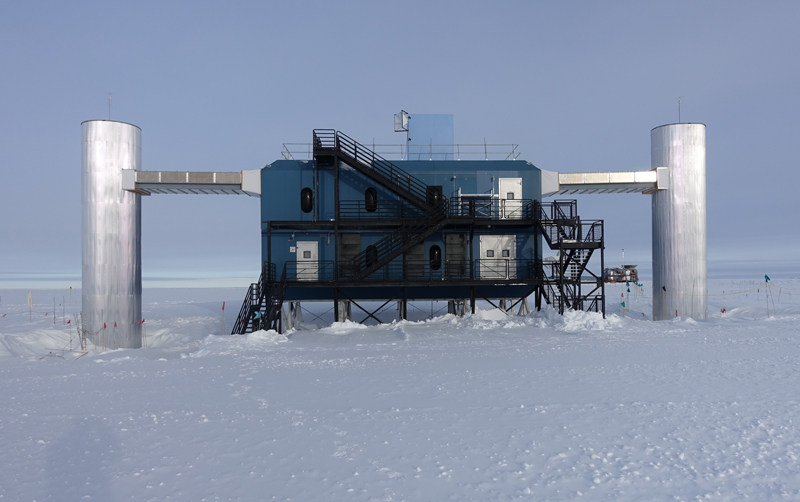
“This finding contributes to the fabric of knowledge,” said David Seckel, professor of physics and astronomy at the University of Delaware and team lead for about a dozen scientists from UD’s Bartol Research Institute involved in the study. “It had been speculated for some time, but we couldn’t test it — in the particle accelerator world, we can’t achieve such extremely high energies or unusual scenarios. That’s just one of the areas where IceCube has contributed so significantly to science.”
The Glashow Resonance
In 1960, when he was a postdoctoral researcher at what is today the Niels Bohr Institute in Copenhagen, Denmark, Sheldon Glashow wrote a paper in which he predicted that an antineutrino (a neutrino’s antimatter twin) could interact with an electron to produce an as-yet undiscovered particle — if the antineutrino had just the right energy — through a process known as resonance.
When the proposed particle, the W– boson, was finally discovered in 1983, it turned out to be much heavier than what Glashow and his colleagues had expected back in 1960. The Glashow resonance would require a neutrino with an energy of 6.3 PeV, almost 1,000 times more energetic than what CERN’s Large Hadron Collider is capable of producing. In fact, no human-made particle accelerator on Earth, current or planned, could create a neutrino with that much energy.
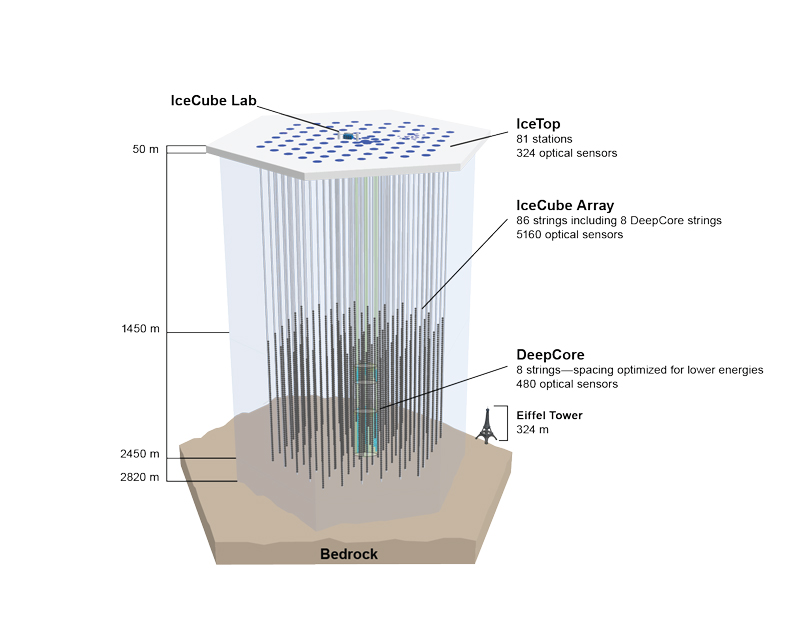
But what about a natural accelerator — in space? The enormous energies of supermassive black holes at the centers of galaxies and other extreme cosmic events can generate particles with energies impossible to create on Earth. Such a phenomenon was likely responsible for the 6.3 PeV antineutrino that reached IceCube in 2016.
“When Glashow was a postdoc at Niels Bohr, he could never have imagined that his unconventional proposal for producing the W– boson would be realized by an antineutrino from a faraway galaxy crashing into Antarctic ice,” said IceCube principal investigator Francis Halzen, professor of physics at the University of Wisconsin–Madison.
Astrophysical sources
Since IceCube started full operation in May 2011, the observatory has detected hundreds of high-energy astrophysical neutrinos and has produced a number of significant results in particle astrophysics, including the discovery of an astrophysical neutrino flux in 2013 and the first identification of a source of astrophysical neutrinos in 2018. But the Glashow resonance event is especially noteworthy because of its remarkably high energy; it is only the third event detected by IceCube with an energy greater than 5 PeV.
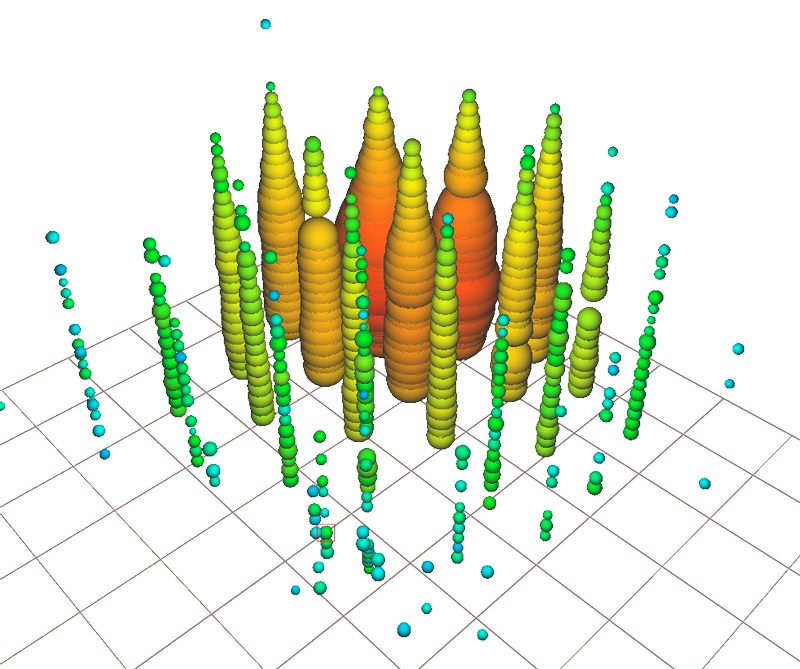
“The W– boson decays into a couple of quarks, and those quarks dress themselves up in high-energy pions and protons. That’s why we know the energy to high precision,” Seckel said.
While other particle events give scientists the ability to more closely track them to faraway galaxies, “contained” energy events like this one generally don’t offer such good pointing information.
“We can track the source to about a half a degree,” Seckel said. “Now, imagine the whole night sky. A half-degree can cover not only the moon, but the galaxies behind it. So there’s typically a lot of sources to take into account. But what if we could correlate what we find with gravitational wave experiments that have revealed colliding black holes? That’s where we are heading, with multi-messenger astronomy, where we can link up observations of a single object or event by different techniques.”
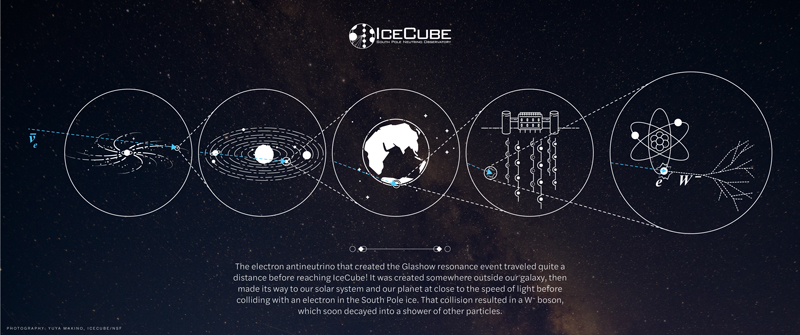
The result also opens up a new chapter of neutrino astronomy because it starts to disentangle neutrinos from antineutrinos. “Previous measurements have not been sensitive to the difference between neutrinos and antineutrinos, so this result is the first direct measurement of an antineutrino component of the astrophysical neutrino flux,” said Lu Lu, one of the main analyzers of this paper, who was a postdoc at Chiba University in Japan during the analysis. Professor Lu will present a colloquium to the UD Department of Physics and Astronomy on April 28.
Next steps for IceCube
To confirm the detection and make a decisive measurement of the neutrino-to-antineutrino ratio, the IceCube Collaboration wants to see more Glashow resonances. A proposed expansion of the IceCube detector, IceCube-Gen2, would enable the scientists to make such measurements in a statistically significant way. The collaboration recently announced an upgrade of the detector that will be implemented over the next few years, the first step toward IceCube-Gen2.
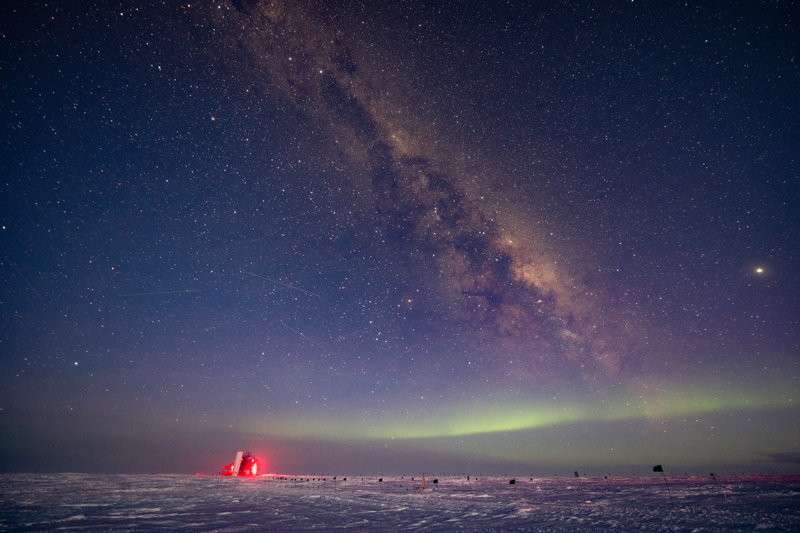
Glashow, now an emeritus professor of physics at Boston University, echoed the need for more detections of Glashow resonance events. “To be absolutely sure, we should see another such event at the very same energy as the one that was seen,” he said. “So far there’s one, and someday there will be more.”
IceCube is operated by over 400 scientists, engineers, and staff from 53 institutions in 12 countries, together known as the IceCube Collaboration.
“IceCube is a wonderful project. In just a few years of operation, the detector discovered what it was funded to discover — the highest energy cosmic neutrinos, their potential source in blazars, and their ability to aid in multimessenger astrophysics,” said Vladimir Papitashvili, program officer in the Office of Polar Programs of the National Science Foundation, IceCube’s primary funder.
James Whitmore, program officer in NSF Division of Physics, added, “Now, IceCube amazes scientists with a rich fount of new treasures that even theorists weren’t expecting to be found so soon.”
About IceCube:
The IceCube Neutrino Observatory is funded primarily by the National Science Foundation (OPP-1600823 and PHY-1913607) and is headquartered at the Wisconsin IceCube Particle Astrophysics Center at UW–Madison. The University of Delaware receives additional support through NSF EPSCoR (2019597). IceCube’s research efforts are funded by agencies in Australia, Belgium, Canada, Denmark, Germany, Japan, New Zealand, Republic of Korea, Sweden, Switzerland, the United Kingdom and the United States.
Contact Us
Have a UDaily story idea?
Contact us at ocm@udel.edu
Members of the press
Contact us at mediarelations@udel.edu or visit the Media Relations website

